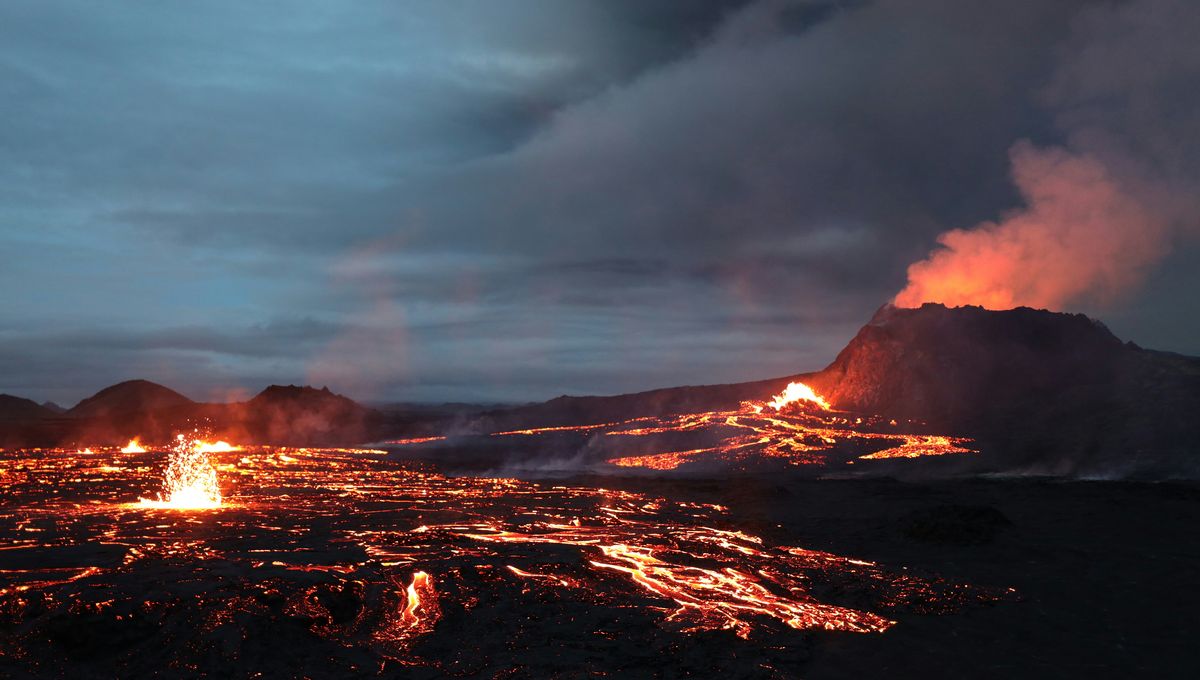
Something’s cooking down inside Earth. At the center of our planet, temperatures reach approximately 5,200°C (9,392°F), almost as hot as the surface of the Sun. Driving this hellish heat is a medley of god-like forces that have persisted for billions of years.
The Earth’s core is divided into two separate regions: the outer core – comprised mainly of molten iron and nickel – and the inner core – essentially a solid ball about the size of our Moon made of the two metals.
Despite the scorching temperatures within the core, we can’t feel the heat at the surface unless you consider volcanoes and geothermal springs. The outer core begins approximately 2,889 kilometers (1,795 miles) beneath Earth’s crust. Between here and there is a lot of the planet’s interior and rocky mantle that absorbs and dissipates the heat.
In fact, it’s not possible to directly measure the heat either. Unable to send probes (and people) into the bowels of the planet, scientists work out its temperature by studying how iron and iron-rich compounds melt under high pressures. By determining the melting temperature, they can infer the temperatures within the core.
Some of this heat is a relic of the deep past, still raging from the primordial heat associated with the planet’s birth. Just like a piping hot lasagne cooling on a plate, the surface quickly chills and the center is the last to moderate.
The Earth as we know it came into being around 4.5 billion years ago when gravity condensed a mass from the cloud of hot gases and particles around the young sun. As the molten ball cooled, the outside hardened like candle wax and formed a crust. The mantle, however, still maintains some of that heat and continues to cool.
A 2011 study estimated that this leftover heat accounts for around half of the planet’s internal heat. The other part of the puzzle comes from the radioactive decay of uranium-238 and thorium-232 in the core of the planet, which accounts for around 54 percent of the heat.
Lastly, frictional heat is at play. Just like rubbing your palms together, the movement of solid and liquid layers under immense pressure also creates some increase in temperature.
Earth’s internal heat is surprisingly important to live on the surface, even though it’s scarcely felt there. Heat from within is the main driving force of Earth’s tectonic plates, causing them to shift around the surface, creating and destroying continents as they move.
Don’t fret about the heat going away anywhere soon. As a testament to its immense power, the Earth’s core is not scheduled to cool and solidify for another 91 billion years after the death of the Sun. Even with the best will in the universe, Homo sapiens won’t be around to witness this momentous event.
Source Link: How Is Earth’s Core Still Hellishly Hot After Billions Of Years?